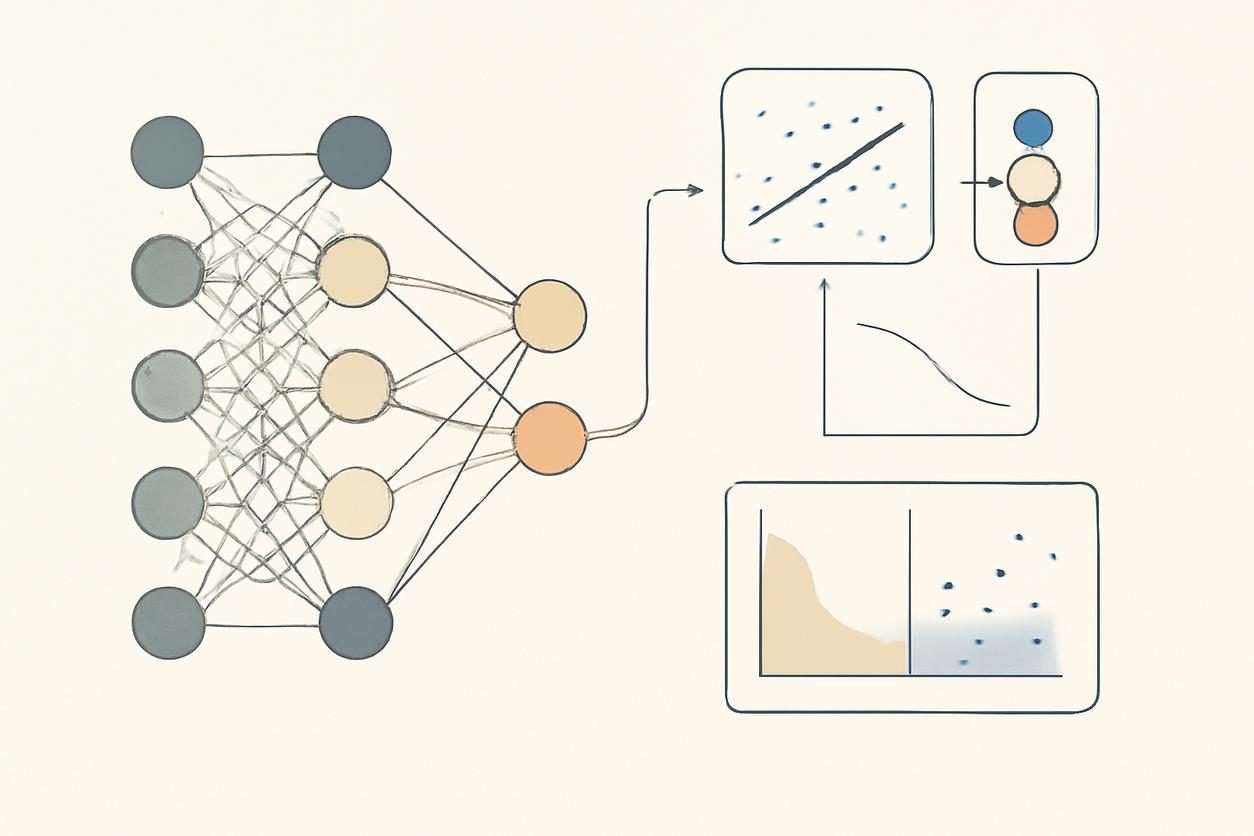Executive Summary
Artificial Intelligence (AI) is transforming the UK economy, yet a widening AI skills gap threatens productivity and competitiveness. This whitepaper examines the realities of the UK’s AI skills shortage, explores the causes and consequences, and provides actionable guidance for organisations aiming to train and upskill employees. Drawing on the latest government initiatives, proven industry frameworks, and practical case studies, we offer a roadmap for upskilling the UK workforce for a resilient, AI-enabled future.
1. The State of the AI Skills Gap in the UK
Data & Context
The UK Government has identified the need for AI skills as a top national priority. A recent report by the Department for Digital, Culture, Media & Sport (DCMS) found that almost one in three UK organisations struggle to recruit employees with the necessary AI knowledge.
Key Statistics
- Demand Outstrips Supply: According to Tech Nation’s 2021 report, UK job postings for AI specialists have grown by 40% year-on-year.
- Skills Shortages Are Sector-Wide: Financial services, healthcare, logistics, and manufacturing report significant shortfalls in data, machine learning, and AI expertise.
Impact on Organisations
- Limits digital transformation
- Reduces ability to innovate and compete globally
- Slows productivity improvements
- Increases wage costs as organisations compete for limited talent
2. Causes of the AI Skills Gap
1. Educational Pipeline Issues
- Curriculum Lag: University curricula struggle to keep pace with evolving AI technologies (Royal Society report).
- Shortage of AI Academics: Few qualified instructors to teach practical AI skills.
2. In-Workforce Barriers
- Lack of Continuous Learning Culture: Many UK organisations underinvest in digital skills training.
- Uncertainty over Training Solutions: Leaders are unsure what to teach and how best to deliver it.
3. Accelerating Automation
- AI adoption itself is increasing the demand for data-centred job roles and reskilling needs at every level.
3. Government Initiatives & Policy Responses
National Strategies
- National AI Strategy (2021): Focuses on strengthening skills pipelines and lifelong learning.
- AI Skills Portal: Curated by the Alan Turing Institute, this resource maps available training programmes.
- Institute for Apprenticeships & Technical Education: New digital apprenticeships and T-Levels for data and AI.
Regional & Industry Collaborations
- London Data Academy and Scotland’s Data Lab facilitate large-scale industry upskilling.
Funding
- UKRI and Innovate UK have provided targeted grants for skills development in AI and digital fields (UKRI Funding Finder).
4. Frameworks for Upskilling and AI Training
A. Skills Gap Assessment
Conducting a thorough skills gap analysis is the foundation:
- Map existing digital capabilities vs. job requirements
- Use tools such as the Skills Framework for the Information Age (SFIA)
- Engage staff with self-evaluation surveys and focus groups
B. Designing Effective Training Programmes
Best Practices:
- Blend foundational AI understanding with practical applications
- Incorporate case studies and hands-on labs
- Cater to a range of entry levels, from executives to technical staff
- Structure learning as modular, flexible, and work-relevant
Example:
- Rolls Royce’s ‘Data Academy’ uses a tiered programme for different functions (Rolls Royce AI Case Study).
C. Skills Pathways & Qualifications
Formal routes:
- Apprenticeships: Digital & AI Apprenticeships
- Vocational courses (BTEC, T-levels)
- University partnerships and MOOCs
On-the-job learning:
- Job rotations, shadowing, peer mentoring
- Hackathons and AI bootcamps
5. Creating a Culture of Lifelong Learning
Leadership and Change Management
- Position upskilling as a strategic priority
- Empower teams to dedicate time for development
- Celebrate and incentivise learning achievements
Inclusive Training
- Ensure opportunities for all, regardless of current skill level, disability, or prior education
- Use accessible, flexible training resources (OpenLearn AI Courses)
6. The Role of Technology and Partnerships
Leveraging EdTech
- AI-powered platforms (e.g. Coursera, LinkedIn Learning) can tailor content and provide scalable upskilling
Cross-sector Collaboration
- Collaborate with universities, tech providers, and industry consortia
- Example: The Alan Turing Institute’s collaborative initiatives
7. Measuring Impact and ROI of AI Training
Performance Measurement
- Track metrics: number of staff trained, certification rates, project delivery improvements
- Solicit regular employee feedback on training quality and applicability
Case Study: NHS AI Upskilling
NHS Digital Academy delivered bespoke AI and digital leadership training to thousands of NHS staff, resulting in measurable improvements in digital project outcomes and the acceleration of AI projects across trusts.
8. Common Challenges & How to Overcome Them
| Challenge | Solution |
| Lack of time/resources | Microlearning, blended learning, and on-the-job projects |
| Resistance to change | Clear communication of benefits, role modelling by leaders |
| Rapid tech evolution | Ongoing content refresh, links to current industry/academic research |
| Evaluating effectiveness | Embed KPIs in learning and development (L&D) dashboards; link to business objectives |
9. Action Plan for Organisations
- Assess Organisational AI Readiness – Use established maturity models
- Engage All Levels – Include leadership, line managers, and employees
- Curate Training Resources – Partner with best-in-class providers
- Pilot, Iterate, Scale – Start small, measure, and expand successful programmes
- Build AI Communities – Encourage mentorship and continuous peer learning









